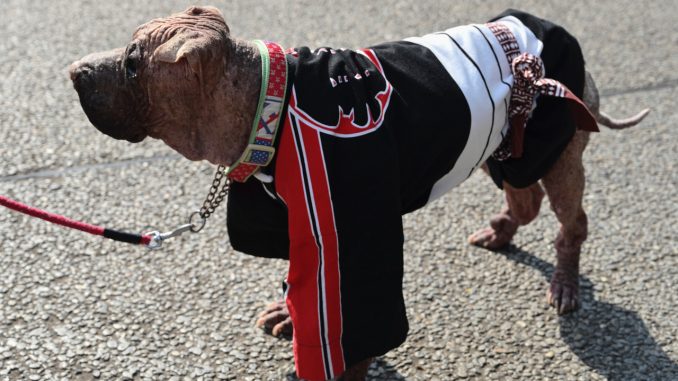
The Wonder of Japan with a Nikon Z7
By Edwin Lopez
Japan is a place where ancient traditions are fused with modern life as if it were the most natural thing in the world. Witness the lead photo of the old dog in a kimono at the Sensoji Temple, one of Tokyo’s most colorful and popular temples. The old pooch just belonged in its ancient surroundings.
Pat and I flew into Tokyo and after a 13 hour flight headed to our hotel in downtown Tokyo. We were instantly blown away by our hotel, the Prince Sakura Tower Hotel as it had an amazing garden behind it. This garden contained a beautiful Buddha, seen below and a number of small shrines.
Walking in Tokyo is quite the experience. You never know when you will run into a Temple, Shrine or just a bizarre sighting that seems unique or totally out of place. For example, we were walking in an old part of Tokyo when I ran into this gentleman studiously perusing his phone, while his forefathers drawn on the door looked on.
Walking around the Ginza neighborhood, both during the day and at night was a wondrous experience. Strolling the area, we were often visually entertained by elevated gardens smack in the middle of busy intersections and sidewalks. Weary residents and tourists can both rest their weary bones in these gardens.
Ginza also has quite a nightlife. In the eves, the area is neon-lit, teeming with strollers and full of energy.
Our next stop was Kyoto. It’s a battle of old versus new when we compare the sights and sounds of Kyoto and Tokyo. Formerly the imperial capital of the country, Kyoto is the epicentre of the time-honoured and more romantic version of Japan. Kyoto boasts a hefty chunk of old temples, castles, jaw-dropping shrines and beautifully kept tea gardens. The Nijo-Jo castle in Kyoto is one of the seventeen Historic Monuments in ancient Kyoto which have been designated as a World Heritage Site by UNESCO. Check out the entry doors of the Castle.
Iwatayama Monkey Park is a commercial park located in Arashiyama in Kyoto, Japan. The park is on Mt Arashiyama, on the same side of the Ōi River as the train station. It is inhabited by a troop of over 170 Japanese macaque monkeys. The animals are wild but can be fed food purchased at the site. When I was researching this outing I had no idea about the incredible and difficult walk up the mountain that was part of the experience. After all the time spent sitting on trains and planes during travel, I love getting in some exercise while sightseeing, so this was a great addition to the trip. It was a hot May day that made for a hot hike up the mountain, but it was definitely worth it as once we reached the top, we were met by the Japanese monkeys traversing the peak. At this park, the humans are feeding monkeys behind the cage while the monkeys are outside.
The Japanese snow monkeys had the run of the grounds and were quite entertaining. This young monkey had been hanging precariously on a branch – while we watched, he fell to the ground.
In Kyoto, we not only saw monkeys. We also visited Fushimi Inari Taisha. It is the iconic Kyoto hill that’s home to an important shrine, whose origins date to AD 711. Inari is a popular destination for visitors and locals alike. We approached Inari from a less-frequented gate and made our way toward the summit via a series of stone steps through a quiet forest. As we ascended, the pathway leads through countless torii. Literally translated as “bird abodes,” the torii are traditional Japanese gates of varying heights, painted bright orange. They’re found at the entrance to Shinto shrines as they’re said to demarcate the line between the profane and sacred. The Shinto kami (spirit or god) of Inari traditionally represents fertility, industry and general prosperity, so over the years, thousands of Japanese businesses have donated these torii in gratitude for their successes.
The Fushimi walk has many stops as we worked our way to the top. During these side visits, we saw many shrines to the foxes, the message carriers from the Shinto Gods to the populace.
During our visit in Kyoto, we ate lunch at a traditional Japanese-style home where we were welcomed and entertained by a maiko, an apprentice geisha. Did you know that a geisha apprenticeship is as long as 5 years? Our apprentice geisha was a wonderful dancer as illustrated below.
From Kyoto, we traveled to the rural countryside of the Nara Valley. There, we visited the tea growing village of Wazuka. For over 800 years, approximately 300 families have honored the tradition of tea production. Personally, I could have spent all day taking photographs of the tea plantations in this area. The photo below shows a special net (HV Net) is used to cover the green tea buds. This allows them to gradually develop a deeper green color in the cool air produced underneath the net. This increases the level of amino acids and chlorophylls in the tea, which of course, adds depth to the taste of the tea.
Our hike lead us through the rolling dirt and paved road that intersect these lush plantations that seem almost surreal upon viewing from the path.
While in Nara, we encountered a tribute to the great Sumo wrestlers of Japan on a quiet hillside.
At the end of the stroll, we wound up at Nara’s city park, home of the Todai-ji temple. This UNESCO site had thousands of visitors as seen below, most of them Japanese students being taught to pay homage to their heritage.
Todai-ji houses the world’s largest Bronze Buddha Vairocana on the grounds.
In Takeyama, we embarked on a memorable hike that took us through the well-preserved old quarter of 17th and 18th century, merchants’ houses.
In Takayama, we took a short scenic ride to Hida for a hike eon the famed Utsueshijuhatsu Falls trail. This nature park meanders through rich forest and past the 48 cascading falls that give the park its name. Each waterfall is unique. Check out this one with a shrine on the side of the beautiful falls.
We next traveled to Kamikochi, the high reaches of the Northern Japanese Alps to explore the breathtaking landscape of Chūbu-Sangaku National Park. This was set aside as a protected area in 1934. This hike took us into a spectacular slice of this park called Kamikōchi, nestled in a narrow valley through which the mighty Azusa River flows into Lake Taishō at its southern end. With a backdrop of dense birch and larch forests and soaring snow-blanketed peaks, including active volcano Mount Yake, this landscape is among Japan’s most celebrated.
This remote alpine scenery by variety of birds and mammals including monkeys. We saw the snow monkeys strolling with their families and friends in their natural habitat.
Our final stop in the Alps took us to the Toyama Glass Art Museum, designed by Kengo Kuma, one of Japan’s foremost architects. The building gives the impression of a shining facade. This is because of the glass, aluminum and rock which are the famous products of Toyama and which all reflect light at various angles.
Hope you enjoy the brief tour of our trip.
I am getting acclimated to my Nikon z7 and this trip it just got out of the way and let me enjoy the photo-taking. It performed admirably as expected and was a pleasure to use.
Edwin J. Lopez-Soto
elopezso@me.com

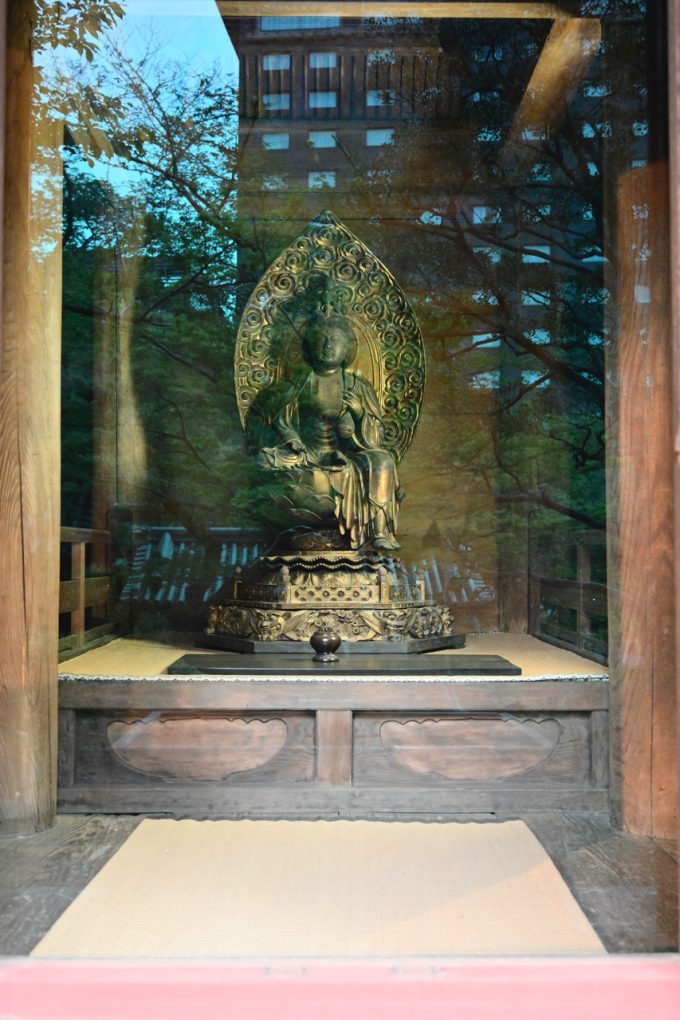
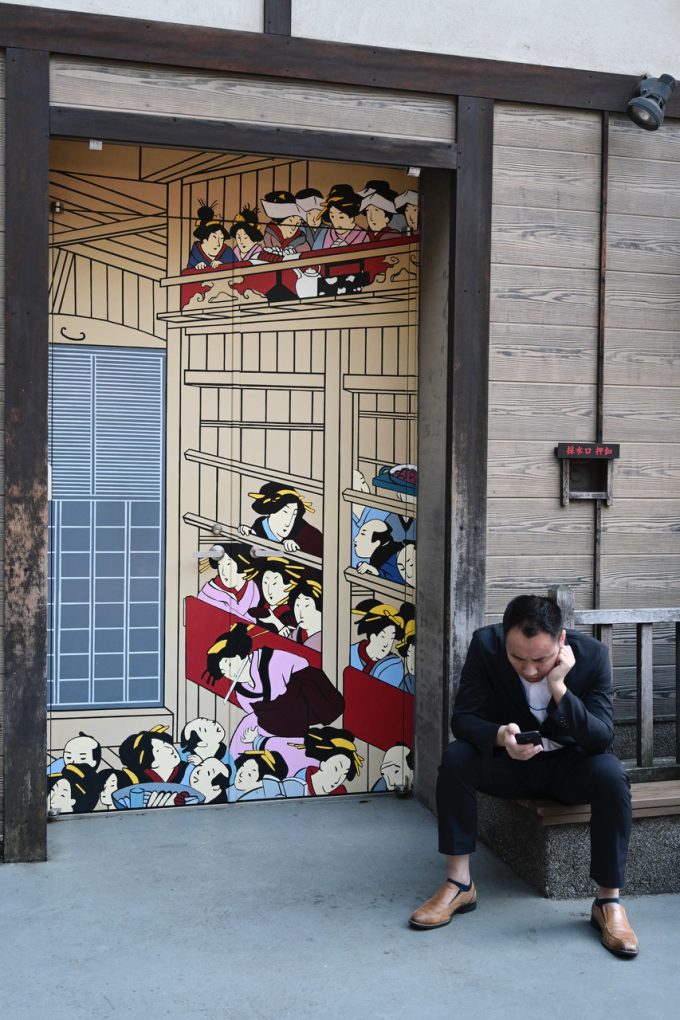
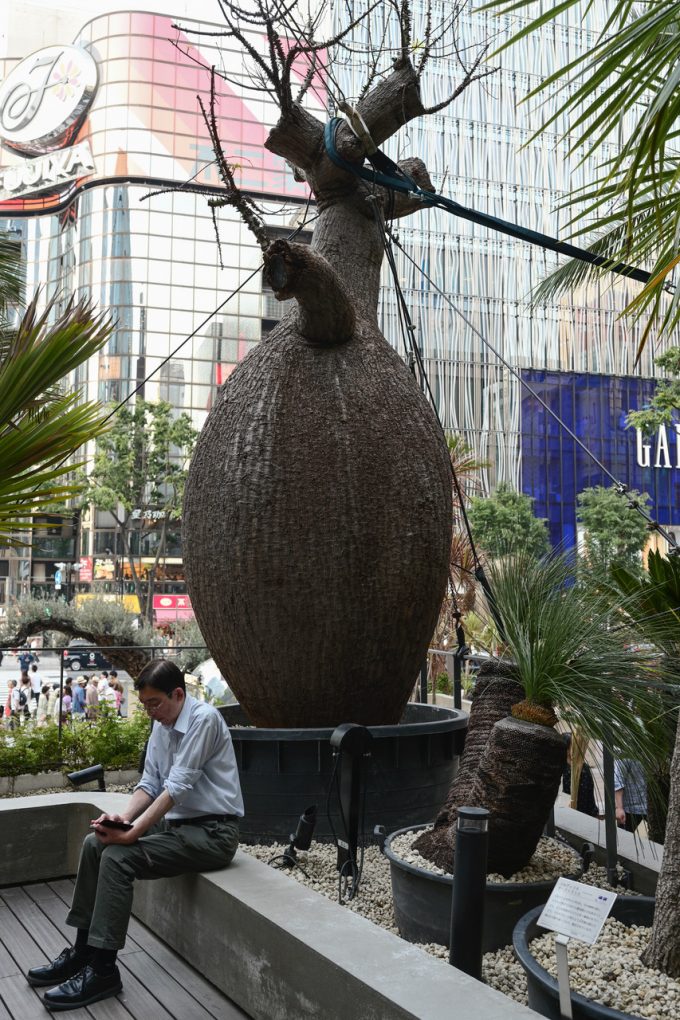
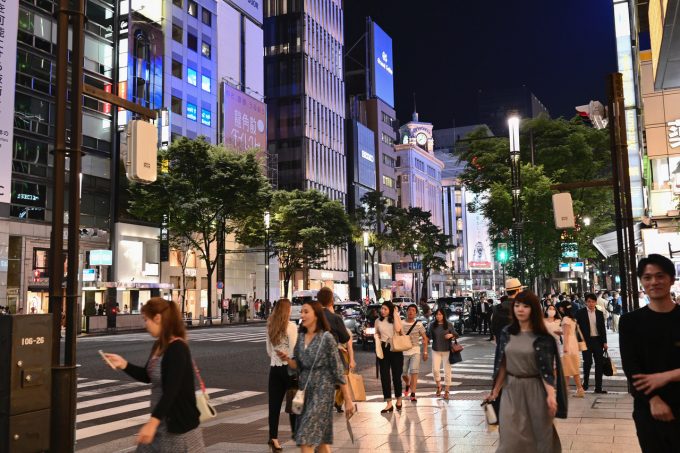
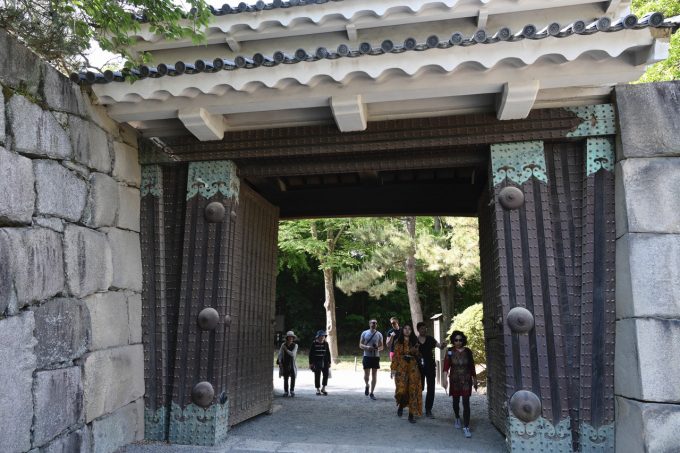
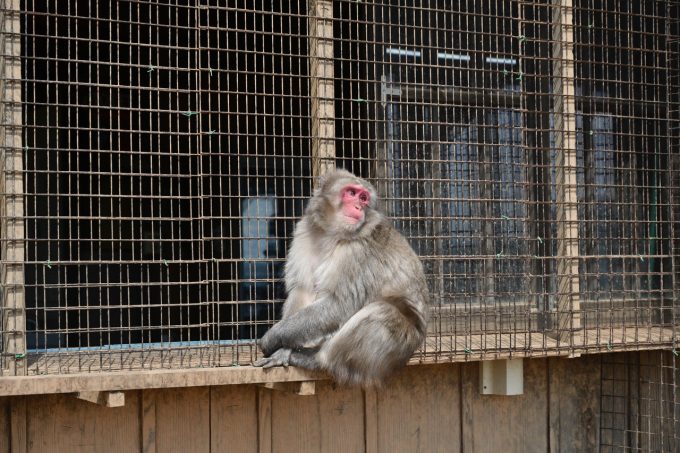
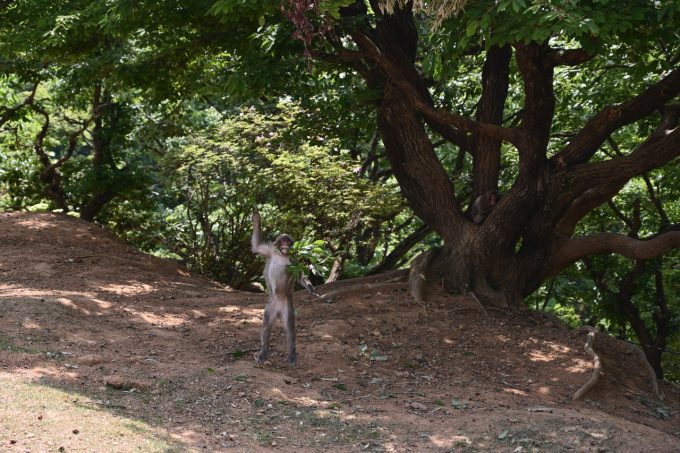
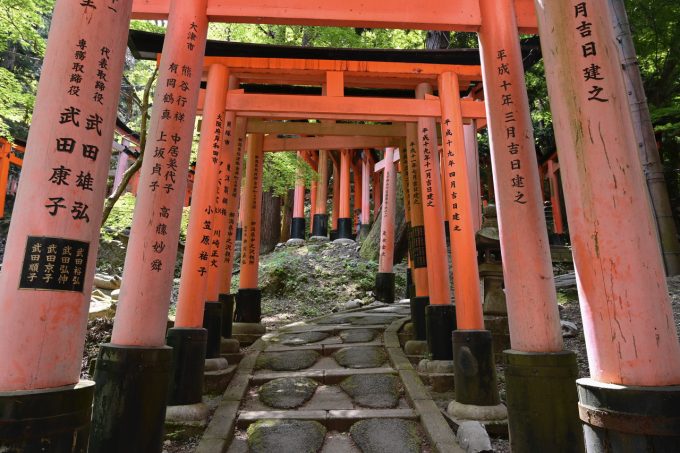

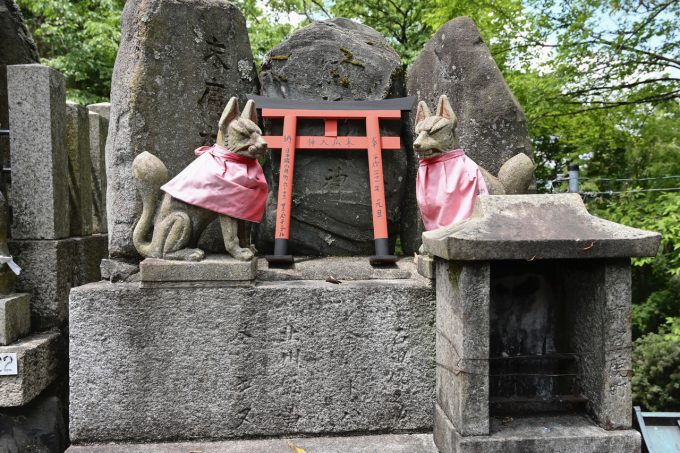
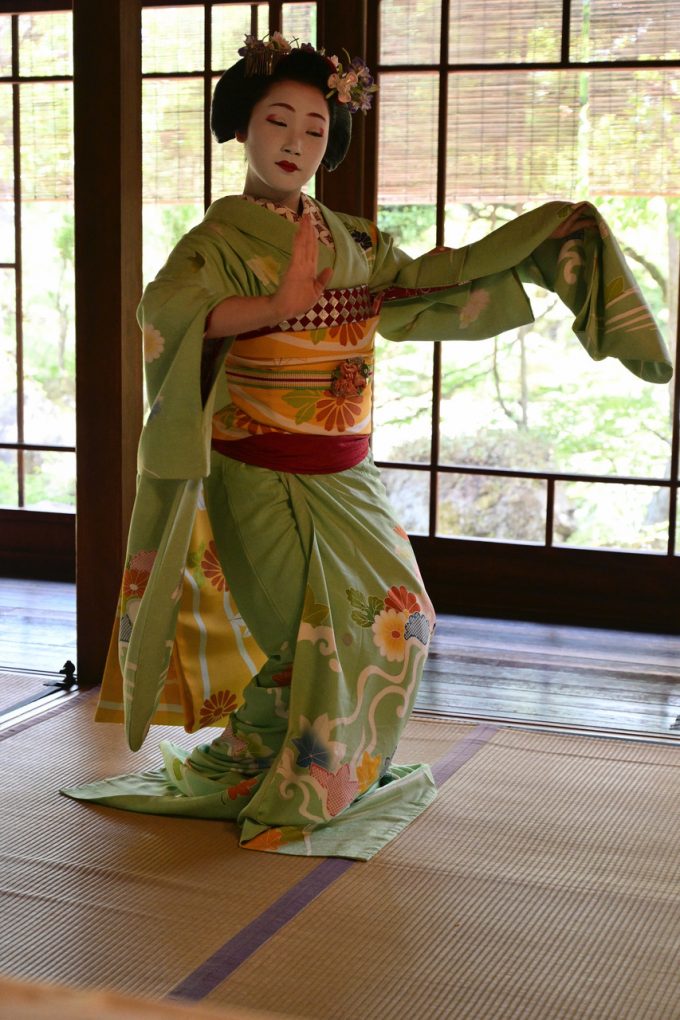
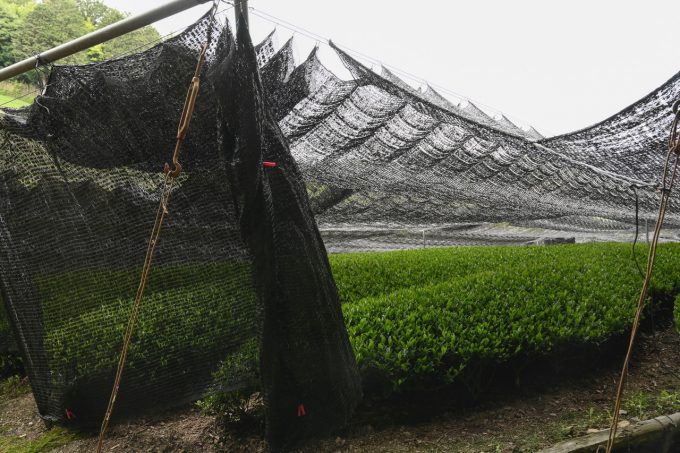
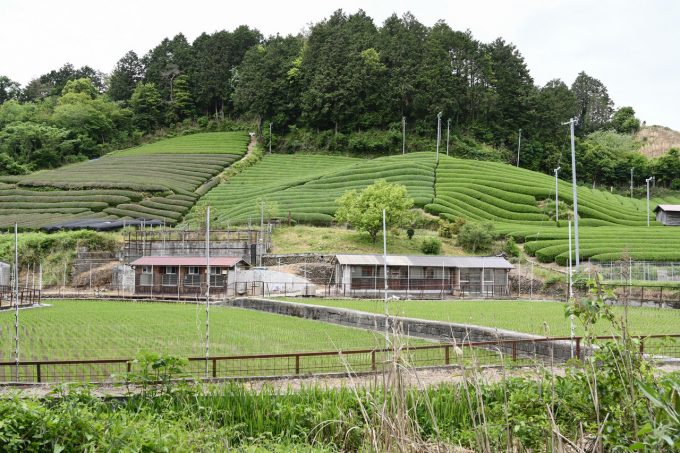
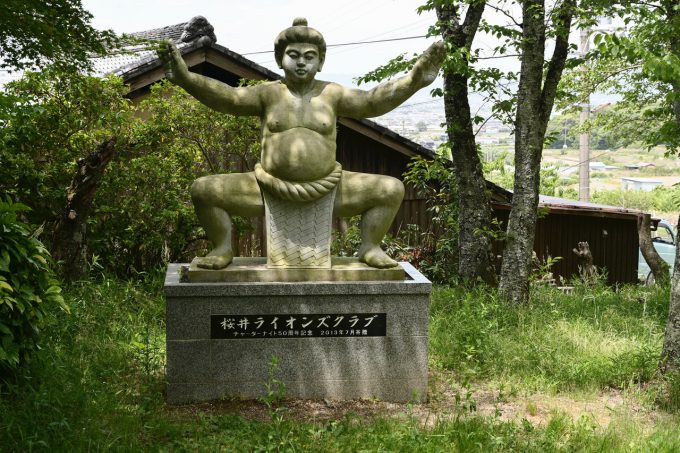
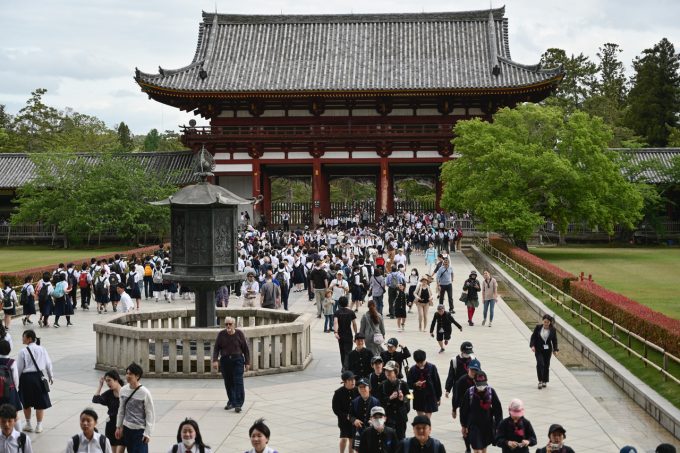
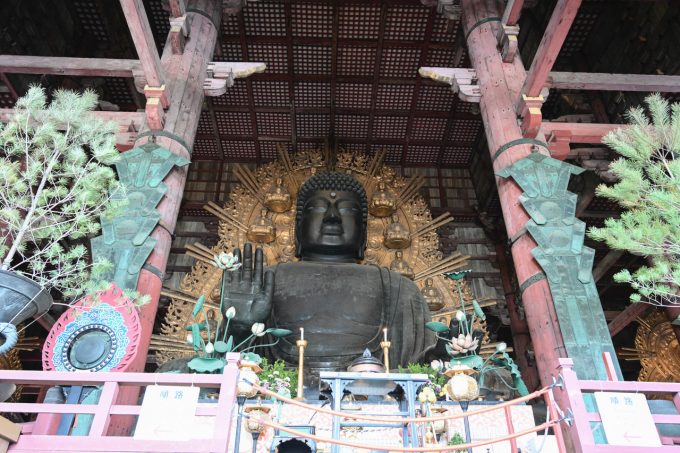
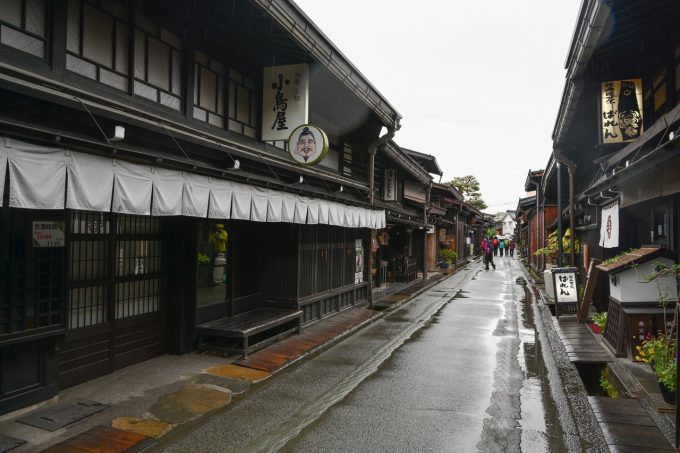
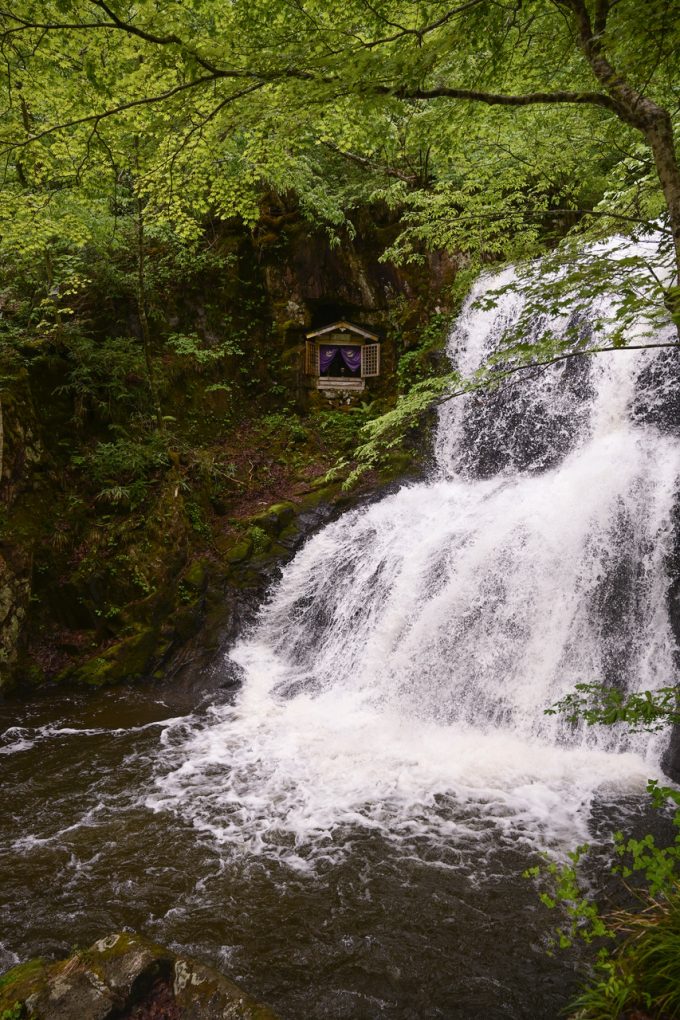

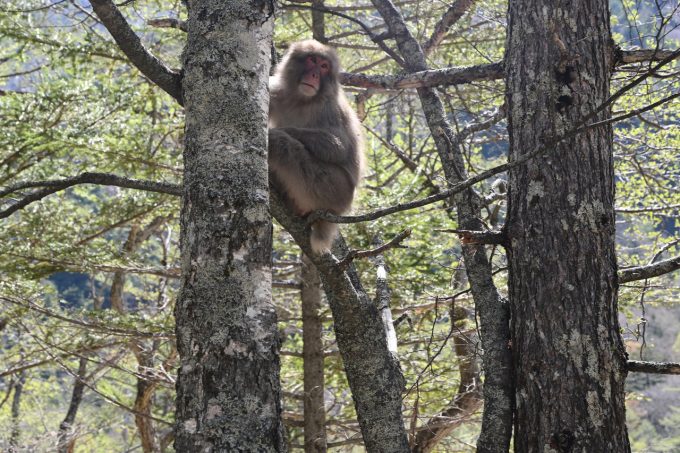
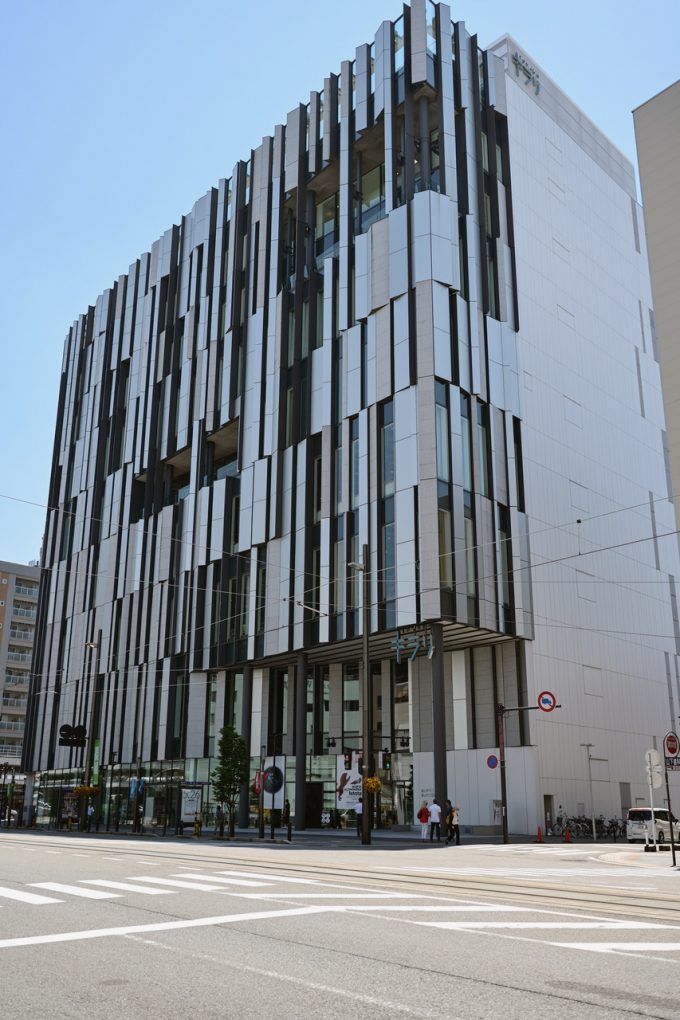

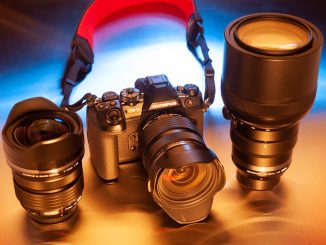


Tokyo is indeed densely populated, but it is a bit far fetched to say it has almost the same population as California.
Thank you for looking and commenting Zeki. Glad you enjoyed the essay and the photos.
You enjoyed your trip to japan and your nikon. İ liked your information about japan and photos:)) thanks
Michael, first, thx for looking and commenting. Second, I love having the 35 mm f1.8 but I must admit that when traveling the 24-70 f4s lens is on the camera most of the day. I wind up shooting wider more often than not. I think that is why a couple of folks have commented that I should get closer in some of the photos I took in Japan. Finally, so great to hear from you after almost two years since our travels to Cuba.
Very funny yes, the owner called it a kimono! Thx for looking and commenting.
Glad you enjoyed your Japan trip and managed to get some great photos. The dog is most certainly NOT wearing a kimono though.
Edwin – I throughly enjoyed your photos and description of your trip to Japan. I own a Nikon Z7 along with a Sony A7R3. I have been reluctant to spend more money on the Nikon Z lenses as I have not been inspired by the system yet. I am glad to hear that you enjoyed the 35 mm f1.8 as this lens is of particular interest to me. The 35 mm is my favorite focal length as it was on our Cuba trip. I hope you are well and it’s great seeing your work again.
Thanks for looking and commenting Sophia.
I used the 24-70 f4s primarily but the 35 f1,8s got quite a bit of use also.
I too love the Nikon colors.
Thx for commenting and looking David.
Nice pictures thanks for sharing. I too have the Z7 and am planning on a trip to Dublin with it. What lens did you use for your trip primarily? My apologies if it is in the article and I missed seeing it. I agree with Steve’s comments above about color. It was the thing that resonated with me the most on this camera and that is why I choose it. But color is personal. My brother loves the Sony colors and my son Canon.
Well said Mr. Huff
Great pictures–I like the variety of composition and subjects!
Great pictures–I like the variety of composition and subjects!
Glad you enjoyed them, Barbara.
Thanks for the compliment as I wanted it to be more a photo essay than just sharing photos.
Thank you for looking and commenting Wendy. So glad you enjoyed the photos.
I loved the descriptions. In essence, I felt like I was in Japan with you. Thank you for sharing.
Love the photos, keep them coming!
Captivating pictures. Thanks for sharing.
Thanks for looking and commenting. I agree with you wholeheartedly.
Thanks for looking and commenting. Your recommendation has been noted.
I just like the feel and haptics of the camera. I had the D700 before and really lamented getting rid of it. I feel totally comfortable shooting with it.
Thank you John; glad you enjoyed it.
Any photo one can find online today can be taken with any camera made today, any photo. There is no superior camera quality these days, just a different flavor of color. A photo is not about perfection and using and enjoying a camera is not about perfection. It is about personal enjoyment for the majority who buy camera like this, and if the one who owns the camera is getting enjoyment from it, then that is all that matters.
I just sat back and enjoyed the journey ! – A feast of marvellous scenes which completely put my critical eye and all speculations about gear to sleep !!!. Thankyou.
I’m really interested in the “Z” lineup but I think I’ll wait a bit for version 2.0 with 2 card slots….what got you into the Z line up? Lots of Nikor glass?
I own a Sony A7R3 which has a similar sensor to the Z7 – one reason I chose a high MP sensor was the ability to crop. I only use primes, but with such a large sensor, I can usually crop dramatically to improve the composition. I like some of the images, like no.3, but a few could be cropped quite heavily to improve the image, such as the ones of the monkeys. With a 40+MP sensor, I suspect you could crop much more tightly to make the monkeys have more impact, so they come into the foreground. It’s one of the big advantages of the Z7 over the Z6 – you effectively have a digital zoom. I recommend you try cropping out anything that is not essential. Happy travels!
Thanks for sharing. Two of my three or four favorite global cities. Tokyo is large, about the same population as the state of California. I’ve been five times and feel that I’ve barely scratched the surface.
These pictures could have been taken with anything.
I’m not trying to dog you out. I’m glad you had a wonderful time in Japan. Glad you got your hands on your new camera
But this goes to show anyone that it’s not the camera it’s definitely the skill of the person behind it.